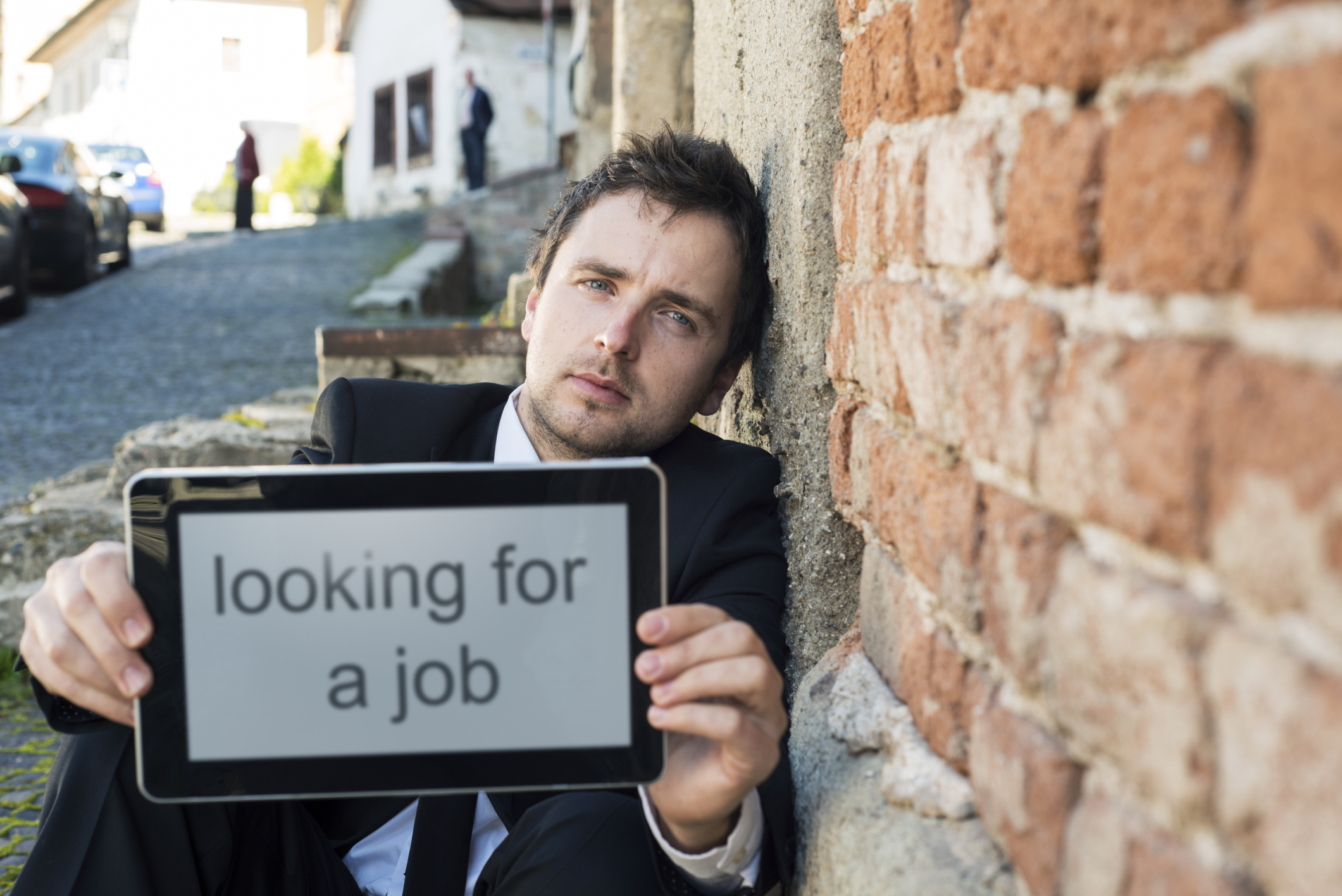As the U.S. economy continues a string of months in which it adds 200,000 jobs and the unemployment rate hovers around 6%, one of the open questions about the recovery is when the jobless rate will return to the 5% or less that signals a full recovery. It may not happen at all, or at least not for years.
The national unemployment rate was at or below 5% from May 1997 to October 2001. At some points during that period, the rate dropped below 4%. Another run of 5% or lower stretched from June 2005 to February 2008. Shortly after, in October 2009, the rate rose to 10%. It has not recovered to half of that level since.
The Congressional Budget Office forecasts show it does not expect the jobless rate to drop below 5% through 2017. Its projected annual average for the same measure between 2018 through 2024 is 5.5%. So, it can be argued that 5% or lower unemployment is no longer the benchmark of a healthy economy, at least in the United States.
READ ALSO: America’s Disappearing Jobs
The causes for ongoing high unemployment fall into several categories. Among them are age, education and location. People with less than high school diplomas had a jobless rate of 9.6% in July. The rate for people ages 20 to 24 was 11.3% for the same period. In a number of cities, the jobless rate remains higher that 8%. There are no major trends to show that the fortunes of these groups will improve much. It may be that these pockets by themselves push the jobless rate to 6% on their own.
Enough people among the American population have become marginalized in terms of their ability to find jobs that 6% is a better measure of a complete recovery, what has been unfortunately called “the new normal.” However, one challenge to that theory is that the U.S. economy has not recovered entirely from the Great Recession at all. Major markers like gross domestic product and retail sales remain in flux. The Federal Reserve is worried enough that it has kept interest rates near historical lows.
In other words, based on a number of markers, the U.S. economy is years away from many traditional measures of a complete recovery, and the 5% unemployment rule still makes sense.
READ ALSO: America’s Fastest Growing Jobs
Get Ready To Retire (Sponsored)
Start by taking a quick retirement quiz from SmartAsset that will match you with up to 3 financial advisors that serve your area and beyond in 5 minutes, or less.
Each advisor has been vetted by SmartAsset and is held to a fiduciary standard to act in your best interests.
Here’s how it works:
1. Answer SmartAsset advisor match quiz
2. Review your pre-screened matches at your leisure. Check out the advisors’ profiles.
3. Speak with advisors at no cost to you. Have an introductory call on the phone or introduction in person and choose whom to work with in the future
Thank you for reading! Have some feedback for us?
Contact the 24/7 Wall St. editorial team.




